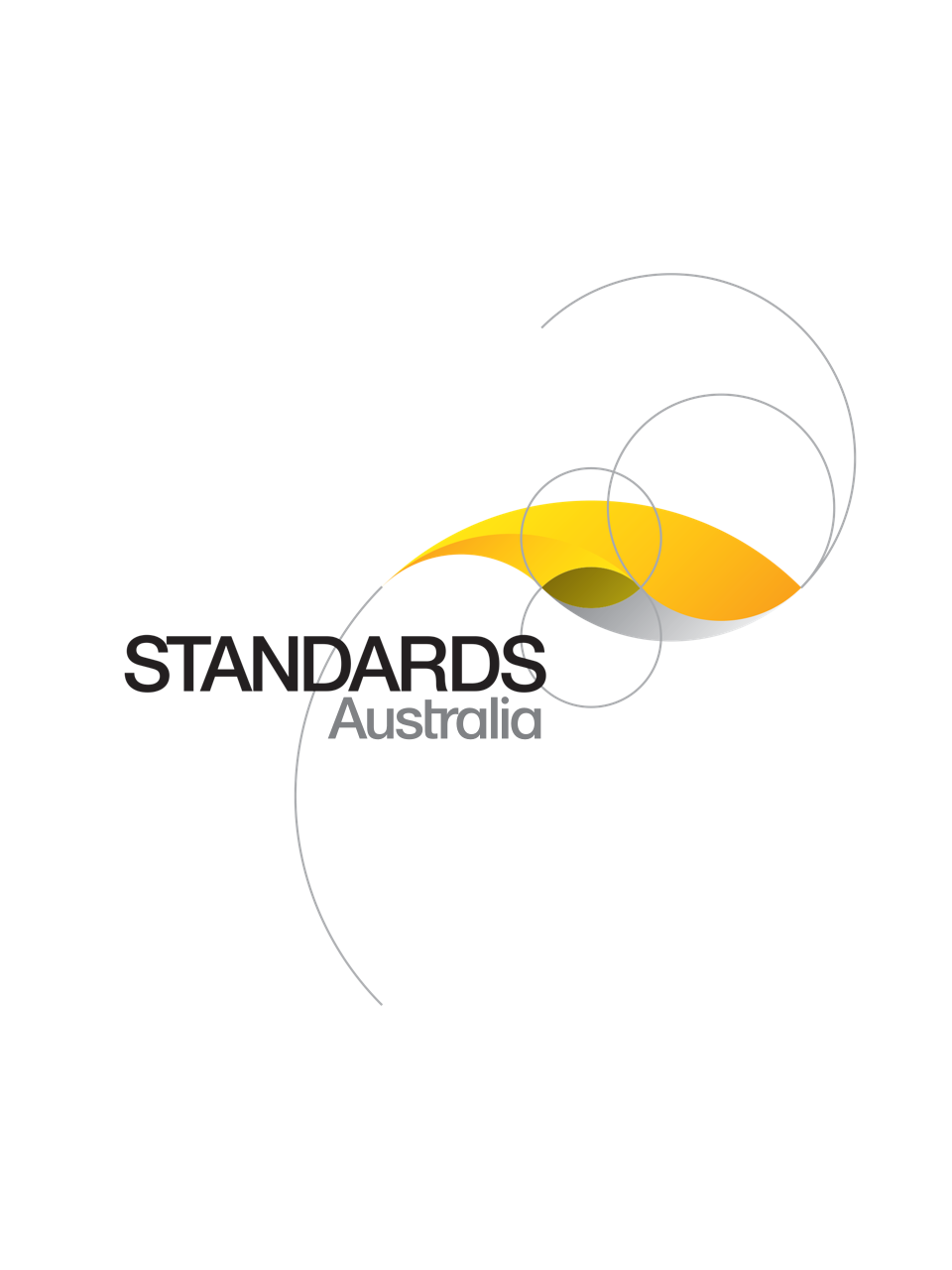Standard
Track updates
AS/NZS 1747:2022
[Current]Reeling, trailing and feeder cables used for mining - Repair, testing and fitting of accessories
AS/NZS 1747 sets out requirements for the repair and testing of reeling, trailing and feeder cables used in underground coal mines, metalliferous mines, open cut mines, tunnelling, quarries and dredges.
Published: 28/01/2022
Pages: 65
Table of contents
Cited references
Content history
Table of contents
Header
About this publication
Preface
1 Scope and general
1.1 Scope
1.2 Normative references
1.3 Terms and definitions
2 Evaluation before repair and history record
2.1 Requirements
2.2 History record
2.3 Visual examination
2.4 Pre-repair tests
2.5 Inspection of cable accessories
2.6 Practicability of repair
3 Repair procedures for cables
3.1 Compatibility of cables to be joined
3.2 Use of cleaning solvents
3.3 Joining by ferrules
3.3.1 Ferrules
3.3.2 Solder and flux
3.3.3 Technique
3.4 Joining by exothermic welding
3.5 Joining by hard soldering
3.6 Joining pilot and control conductors (for reeling cables)
3.6.1 Single central (extensible) pilot conductors
3.6.2 Multiple central pilot conductors
3.6.3 Interstitial pilot and control conductors
3.7 Joining pilot and control conductors (other than reeling cables)
3.8 Joining power conductors of all reeling and trailing cables
3.8.1 Power conductors having less than 19 bunches
3.8.2 Power conductors having 19 or more bunches
3.9 Joining power conductors of feeder cables
3.10 Joining earth conductors (excluding earth screens)
3.11 Joining of PILSWA and XPLE armoured cables
3.12 Replacement of insulation or covering over conductors
3.13 Joining individual metallic or composite earth screens
3.13.1 General
3.13.2 Repair of screen by ferrules
3.13.3 Repair of metallic screen without ferrules
3.14 Replacement of semiconductive elastomers
3.15 Lay-up of core assembly
3.16 Repair of inner sheath
3.17 Joining pliable armour
3.18 Replacement of sheath (inner and outer sheath)
3.19 Replacement of outer rubber sheath only (surface cables only)
3.20 Replacement/repair of PVC outer sheath (steel wire armoured cables)
3.20.1 General
3.20.2 Use of repair tape
3.20.3 Plastic weld repair
3.21 Vulcanizing
4 Inspection, fitting and replacement of plugs, couplers and other cable accessories
4.1 General
4.2 Plug inspection external
4.3 Plug inspection internal
4.4 Flamepath inspection
4.5 Tail inspection
4.5.1 Cables fitted with tails
4.6 Plug fitting
4.6.1 General
4.6.2 Power cores
4.6.3 Earth screens and conductors
4.6.4 Pilot cores
4.6.5 Sheath protrusion and clamping
4.7 Compounds
5 Testing
5.1 General
5.2 HV connections
5.3 Discharge times
5.4 Test equipment
5.5 Tests to be carried out
5.5.1 Underground mining cables
5.5.2 XLPE and paper lead cables
5.5.3 Surface mining cables
5.5.4 Fitting accessories to cables
5.6 High voltage fault location test
5.6.1 General
5.6.2 Equipment
5.6.3 Application of fault location test
5.6.4 Authorization to exceed appropriate voltage pulse
5.7 Continuity and phase rotation tests
5.8 Insulation resistance test
5.8.1 General
5.8.2 Testing of power conductors
5.8.3 Testing of pilot/control conductors
5.8.4 Requirements
5.9 High voltage proof test
5.9.1 Power conductors
5.9.2 Pilot/control conductors
5.10 Symmetrical load test
5.11 Partial break test
5.12 Tests for integrity of outer sheath
5.12.1 General
5.12.2 Sheath test (underground mining cables)
5.12.3 Sheath visual inspection (surface mining cables) and armoured or PVC sheathed cables
5.13 Sheath hardness
6 Identification of repairs
6.1 Method of marking
6.2 Information to be marked
7 Responsible person
Appendix A
Appendix B
B.1 Construction
B.2 Length
B.3 Internal cross-sectional dimension
B.4 Wall thickness
Appendix C
C.1 Solder
C.2 Silver solder
C.3 Flux
Appendix D
D.1 General
D.2 Preparation
D.3 Mould set up
D.4 Welding
D.5 Removal of excess weld from the conductor
D.6 Quality of welded joint
Appendix E
E.1 General soldering information
E.2 Procedure
Appendix F
F.1 Insulation or covering
F.1.1 Type
F.1.2 Tape over insulation
F.2 Semiconductive elastomer conductor screens, earth covering and sheath component
F.3 Reinforcement
F.4 Sheath material
F.5 Vulcanizing conditions for insulation and sheaths
F.6 Storage of repair tapes
F.7 Incompatible materials
F.8 Identification of repair materials
Appendix G
G.1 General
G.2 Initial test
G.3 Sheath test
G.4 Cable repairer
G.5 Final testing
Appendix H
H.1 High voltage proof test unit
H.2 Ohmic resistance and continuity test unit
H.3 Partial break test unit
H.4 Sheath test unit for testing the integrity of sheath
H.5 Insulation testing unit
H.6 Discharge stick
H.7 Sheath hardness test unit
H.8 Symmetrical load test
H.9 Earth bridging leads
Appendix I
I.1 General
I.2 High voltage proof test unit
I.3 High voltage fault location test unit
I.4 Continuity test unit
I.5 Partial break test unit
I.6 Sheath test unit
I.7 Insulation test unit
I.8 Discharge stick
I.9 Sheath hardness test unit
I.10 Symmetrical load test unit
Appendix J
J.1 General
J.2 Go/no go gauge
J.3 Socket test pin gauge
J.4 Straight edge
J.5 Feeler gauge
J.6 Micrometer
J.7 Vernier caliper
Cited references in this standard
[Current]
Electric cables - Reeling and trailing - For mining and general use (other than underground coal mining)
[Current]
Explosive atmospheres, Part 7: Equipment protection by increased safety “e”
[Superseded]
Electrical equipment for mines and quarries - Bolted explosion-protected three-phase cable coupling devices
Content history
[Available Superseded]
[Superseded]
AS/NZS 1747:2003 REC:2020
DR AS/NZS 1747:2021
One-time Purchase
Access via web browser on any device
One-time purchase
Single publication
Offline access via PDF^
$213.50 AUD
Inclusive of GSTFormat *
Web Reader
Licenses *
1 License (for yourself - not shareable)
Total$213.50 AUD
IMPORTANT
